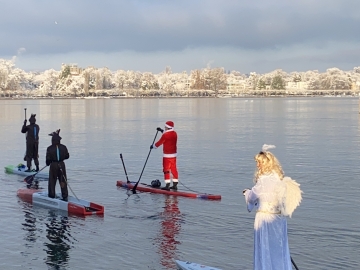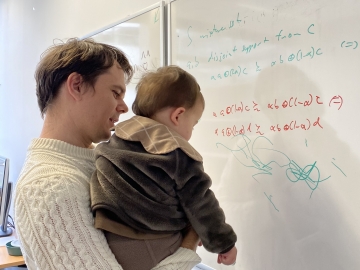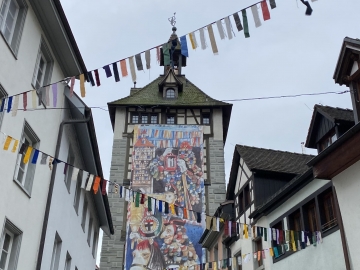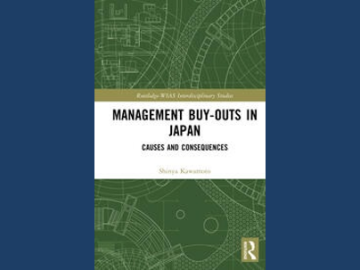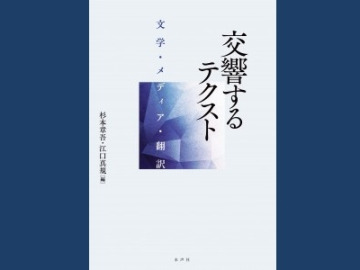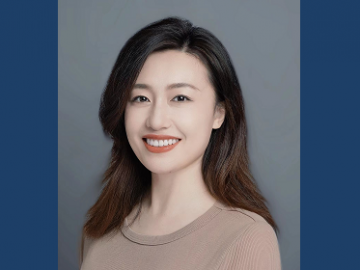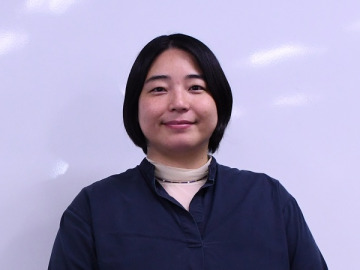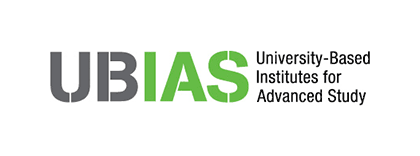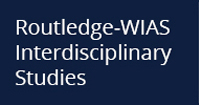<<前回記事:独・コンスタンツ大学高等研究所 研究者相互派遣プログラムレポート 第2弾(ロメスヴィンケル ヘンドリック 准教授)
早稲田大学高等研究所は、本年度より当研究所の協定機関であるZukunftskolleg(ドイツ・コンスタンツ大学高等研究所。略称:ZUKO)と、研究交流を目的とした所属研究者の相互派遣を開始しました。当記事では本プログラムの第1号利用者であるロメスヴィンケル ヘンドリック 准教授が、3か月にわたる滞在期間中の研究活動成果を振り返ります。
独・コンスタンツ大学高等研究所 研究者相互派遣プログラムレポート 第3弾(ロメスヴィンケル ヘンドリック 准教授)
The last weeks of the research visit were again densely packed with activities: a further pilot study, improvements to our experiment code, evaluations of the previous pilot, and a visit to the University of St.Gallen for a conference on environmental economics.
In St. Gallen, I attended the Sustainability and Public Policy Conference hosted by the FGN-Institute of Economics of the University of St.Gallen. FGN is the institute I worked at during my Ph.D and I was happy to meet some known faces there. I have recently been working on applying insights from decision theory to differentiate between firms engaging in greenwashing and those genuinely demonstrating environmental responsibility to stakeholders. The conference included a variety of empirical and theoretical contributions revolving around firms’ behavior in response to the challenges posed by climate change. It was helpful to see the steps needed to take a parsimonious decision theoretic model towards an empirically testable implementation.
In our experiment, our main hypothesis (refer to report #01 and report #02) is that the Luce model of stochastic choice is intricately linked to Hick’s law. In order to be able to test this hypothesis, we therefore need to create a sequence of decision problems for which the Luce model holds and then find an experimental treatment that “breaks” the Luce model. Comparing the decision times for each subject for those decisions in which the Luce model holds and in which it does not hold then allows us to test our main hypothesis. Since the Luce model makes some very sharp predictions about behavior, we were worried about finding a decision domain in which the model adequately describes behavior. This means that finding a domain where the Luce model holds may in principle require many pilots.
Individual Choice Behavior
This influential treatise presents a mathematical analysis of choice behavior. It begins with the statement of a general axiom, then explores applications of the theory to substantive problems: psychophysics, utility, and learning. Includes considerations of the Fechnerian assumption and signal detectability theory; utility theory; stochastic theories; more. 1959 edition.
books.google.co.jp
To our relief, already in our first pilot we found that for some subjects the Luce model describes behavior well and for others, at least adequately. Only for one subject, the model performed poorly because the subject changed the attention strategy several times during the experiment. Despite the overall successful design, we will look for ways to improve the experiment further. This includes for example a reduction in time pressure allowing subjects to process all the information presented to them, reducing the effect of changes in attention.
The promising results of the first pilot allowed us to focus in the second pilot on finding decision problems in which the Luce model no longer adequately describes behavior. By introducing similar options in distinct colors, we hoped to generate so-called “attraction” and “similarity” effects (see, for example, Roe et.al., 2001) that are inconsistent with the Luce model. Also in this second pilot, the initial results are promising. The Luce model provides in general a worse fit for the subjects in the second pilot than in the first pilot, as desired. However, the between-subject variation in the fit of the model is still higher than the difference between the treatments. Ideally, the reverse should be the case so that the Luce model unambiguously holds for most individuals in some domain and unambiguously does not hold for most subjects in the other domain of choices. Therefore, we will go into more detail on the data to see for which decision problems the Luce model is still valid in the second pilot and fix the final choice domains with additional pilots.
I thank Professor Fischbacher, the Zukunftskolleg at the University of Konstanz, and the Waseda Institute for Advanced Study for making this research visit possible. It was a very productive visit in which we made great steps forward towards testing the relation between the Luce model and Hick’s law.
- As Lake Constance is one of the largest lakes in Europe, even Santa Claus must improvise at times.
- Everybody in the whole family was helping during the research visit!
- Fasnacht (Carnival) preparations were already under way when we headed back to Japan. It is a pity we missed it, but there is always a second chance!

